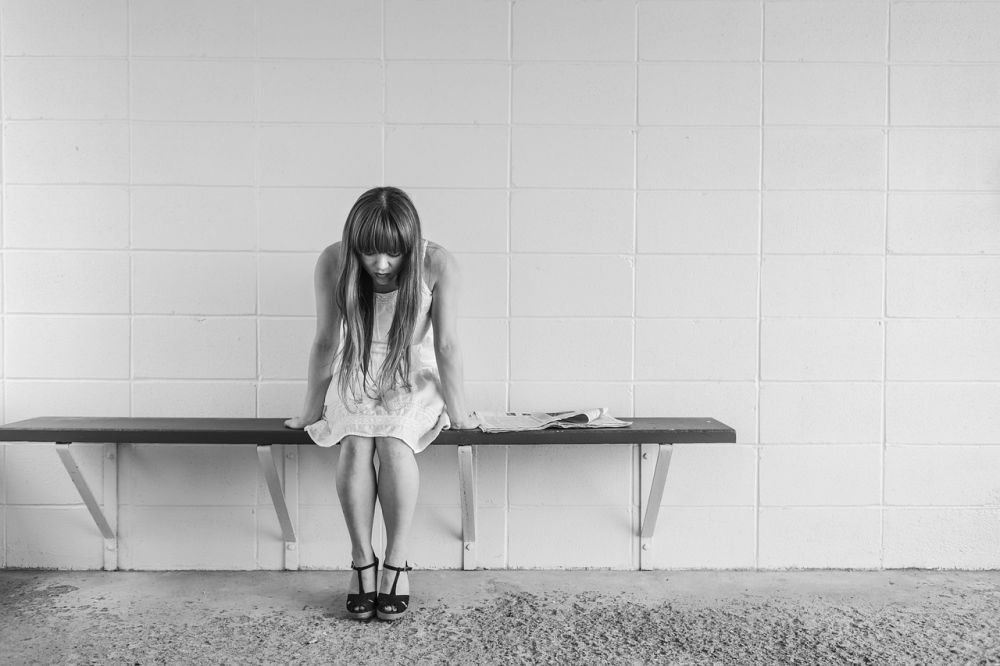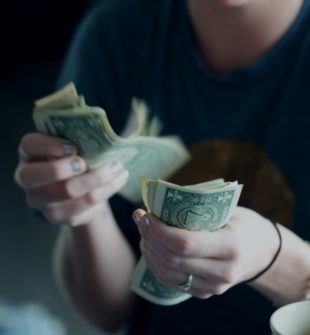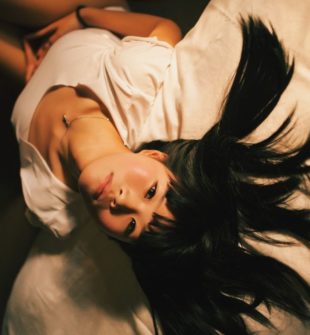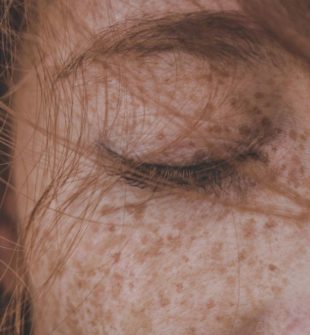Glossing Hair: The Ultimate Guide to Achieving Lustrous Locks

Introduction:
Glossing hair is a popular technique that promises to enhance shine and vibrancy, leaving your locks looking glossy and healthy. Whether you want to revive dull hair or add a touch of brilliance to your already vibrant strands, glossing hair can be the perfect solution. In this comprehensive guide, we will delve into the world of glossing hair, exploring its various types, techniques, and benefits.
What is Glossing Hair?

Glossing hair is a salon or at-home treatment designed to add shine, depth, and vibrancy to the hair. It involves the application of a semi-permanent color or clear gloss that coats the hair cuticles, reflecting light and creating a lustrous appearance. This process is often used to refresh hair color, lock in moisture, and improve overall hair health.
Types of Glossing Hair
There are various types of glossing hair treatments available, catering to different needs and preferences. Some popular options include:
1. Clear Gloss: This type of glossing treatment focuses solely on adding shine to the hair without altering the color. It is an ideal choice for those looking to enhance their natural hair color while achieving a glossy finish.
2. Color Gloss: Color glossing involves the application of a semi-permanent color that enhances your existing hair shade or introduces a subtle change. It can help revive fading hair color, add dimension, and maintain vibrancy.
3. Tinted Gloss: Tinted glossing treatments involve the application of a semi-permanent color with a more noticeable change. This type of gloss can be used to add depth, richness, or even experiment with bold hues without the commitment of permanent dye.
Quantitative Measurements of Glossing Hair
When it comes to glossing hair, there are quantitative measurements that can give you a better understanding of the treatment’s effectiveness. These measurements include:
1. Shine Score: Determined by professionals, shine scores provide an objective measure of how glossy and reflective the hair appears after the treatment. This score is often assessed using standardized grading systems.
2. Moisture Retention: Glossing treatments are known to lock in moisture, leaving the hair feeling soft and hydrated. Measurements like water content and elasticity can quantify the level of moisture retained.
3. Color Retention: For color glossing treatments, color retention is a vital measurement. Assessing the fading rate of the applied color can help determine the longevity and effectiveness of the glossing treatment.
Differentiating Glossing Hair Techniques
Not all glossing hair techniques are created equal. Depending on the desired outcome, different techniques are used to achieve specific results. Some key differentiators include:
1. Glossing vs. Glazing: Glossing is designed to add shine and luster to the hair, while glazing focuses on smoothing and conditioning. Glossing products often contain color pigments, whereas glazing treatments are typically clear.
2. Single Process vs. Double Process: Single process glossing involves applying the gloss directly to the hair, while double process glossing includes a separate step of pre-lightening the hair for more vibrant results.
3. Professional vs. DIY Glossing: Glossing hair treatments can be done professionally at a salon or using DIY kits at home. Professional treatments generally ensure better results, precision, and customization, while DIY kits offer convenience and cost-effectiveness.
The Historical Overview of Glossing Hair
Throughout history, glossing hair has undergone significant changes, with advancements in technology and formulations. Let’s explore the historical benefits and drawbacks of glossing hair treatments:
1. Ancient Remedies: Ancient civilizations utilized natural ingredients like henna, oils, and herbal extracts to add shine and color to their hair. These remedies offered temporary results but lacked the consistency and longevity of modern glossing treatments.
2. Chemical Formulations: In the early 20th century, chemical-based hair glosses were introduced. These formulations provided longer-lasting results but often contained harsh ingredients that could damage the hair over time.
3. Modern Innovations: With scientific advancements, modern glossing treatments have become safer and more effective. The incorporation of nourishing ingredients and improved application techniques ensures healthier hair while achieving the desired glossy finish.
Conclusion:
Glossing hair is a versatile and effective method to enhance shine, revive color, and improve overall hair health. From different glossing techniques and types to quantitative measurements and historical developments, this guide has provided an in-depth understanding of glossing hair. Whether you choose to visit a professional salon or try a DIY approach, glossing hair can be an excellent option for achieving the lustrous locks you desire.





